- for reservations at least a week before sailing from Lombok to Komodo boat 4 days 3 nights
- Temporarily traveling to Komodo Island from Lombok by cruise boat, waiting for weather conditions and local government
Komodo National Park: The Ancient Kingdom of the Last Dragon
12 October 2025 47x Adventure, Boat Trip Komodo, Komodo Boats Tour, Travel
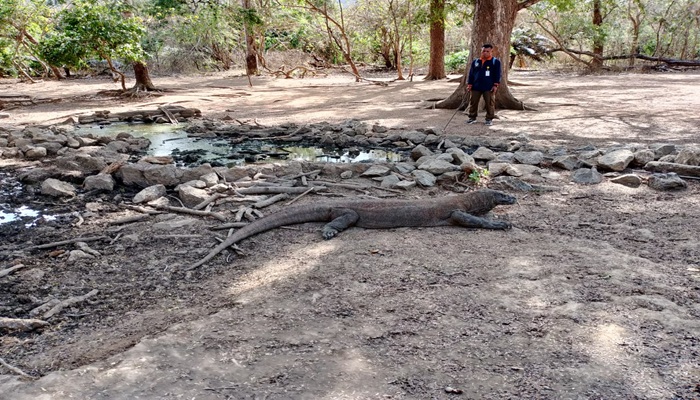
Hidden within the eastern islands of Indonesia lies a land where time seems to pause a place where prehistoric creatures still roam freely among rugged hills and turquoise bays. This is Komodo National Park, a UNESCO World Heritage Site and one of the most fascinating natural wonders on Earth.
Established in 1980 to protect the Komodo dragon, the park spans more than 1,700 square kilometers of land and sea across three main islands Komodo, Rinca, and Padar as well as dozens of smaller islets. Beyond being a sanctuary for the dragons, it is also home to hundreds of coral species, mangrove forests, endangered marine life, and ancient villages that live harmoniously with nature.
If you dream of adventure, wildlife, and pure Indonesian beauty, a journey with BOSE KomodoExplore.com will take you deep into this majestic realm sailing across islands, hiking volcanic ridges, and standing face to face with the legendary dragons of Komodo.
What is Komodo National Park?
Komodo National Park is part of Indonesia’s Lesser Sunda Islands, located between Sumbawa and Flores. The park was established primarily to protect Varanus komodoensis, the world’s largest lizard, commonly known as the Komodo dragon.
However, its significance goes beyond wildlife conservation. The park is also recognized by UNESCO for its rich marine biodiversity, stunning underwater ecosystems, and unique island cultures that coexist with these ancient reptiles.
From the pink beaches of Padar to the crystal lagoons of Taka Makassar, Komodo National Park offers a landscape of raw beauty and adventure that continues to attract explorers from all over the world.
Meet the Komodo Dragon – The Last Living Giant
The Komodo dragon is a living fossil the last survivor of a lineage that has existed for over 4 million years. It can grow up to 3 meters long and weigh as much as 90 kilograms. Despite their heavy bodies, Komodos are surprisingly agile and powerful.
They have grayish-brown scaly skin, sharp claws, and a long muscular tail used for defense. Their forked tongue constantly flickers, tasting the air to sense prey from as far as 5 kilometers away.
Komodo dragons are apex predators. They can sprint up to 20 kilometers per hour, swim between islands, and climb trees when they are young. Their bite contains venom that prevents blood clotting — making even a small wound fatal for their prey.
The Habitat – Islands of Mystery and Beauty
The Komodo dragon inhabits five main islands: Komodo, Rinca, Gili Motang, Nusa Kode, and Flores (especially the western tip). Among these, Komodo Island is the largest and most famous, covering an area of about 390 square kilometers.
In Komodo village, you will find a small local community of fishermen who have lived side by side with these dragons for generations. Their stilt houses stand above the sandy ground, and their daily life revolves around the sea, fishing, weaving, and guiding tourists.
Despite the presence of these powerful reptiles, the villagers live in harmony with nature, following local traditions and respecting the boundaries between human and dragon territories.
The Komodo Rangers – Guardians of the Dragons
Every visitor to Komodo National Park is accompanied by a local ranger. These trained guardians are responsible for protecting both tourists and the dragons.
Rangers know the dragons’ behavior patterns when they rest, hunt, or roam the forest. They also ensure that no illegal activities harm the ecosystem. With a long wooden stick called “tongkat”, they can control or block aggressive dragons when necessary.
Their presence is vital, especially since Komodo dragons are wild animals capable of unpredictable reactions. Always follow the ranger’s instructions they are not only your guides but also the park’s protectors.
Anatomy and Behavior of the Komodo Dragon
Komodo dragons have an incredible biological design that makes them perfect predators.
- Length: Up to 3 meters
- Weight: 70–90 kilograms (sometimes more)
- Lifespan: Around 30 years in the wild
- Speed: Up to 20 km/h on land
- Swimming ability: Excellent swimmers; they can cross short sea channels
Komodos are carnivores that feed on deer, wild boar, buffalo, and sometimes carrion. They use stealth and patience when hunting slowly approaching their target before striking with a sudden, powerful bite.
Their venomous saliva causes their prey to weaken, bleed, and die within hours or days. The dragon then tracks the scent of the dying animal using its tongue. Adult dragons can eat up to 80% of their body weight in a single meal.
Reproduction and Life Cycle
Komodo dragons usually mate between May and August. Females lay up to 30 eggs in a nesting hole, often using abandoned megapode bird nests for safety.
After about 8 months of incubation, the eggs hatch, and baby Komodos climb trees immediately to avoid being eaten by adults including their own mother. They spend the first few years of their life in the trees, feeding on insects, lizards, and small birds until they are big enough to live on the ground.
Komodo’s Hunting Frequency
Komodo dragons don’t need to eat daily. A large meal can sustain them for weeks. On average, they hunt once or twice a month, depending on food availability and body size.
Their efficient metabolism and the tropical heat allow them to survive long periods without eating, making them true masters of adaptation in this harsh island environment.
How to Visit Komodo National Park
Most travelers start their journey from Labuan Bajo, the westernmost town on Flores Island. From here, you can join sailing trips organized by BOSE via KomodoExplore.com.
The most popular route is the 4D3N Komodo Boat Tour, starting from Kayangan Harbor (Lombok) to Labuan Bajo (Flores). Along the way, you’ll stop at many breathtaking destinations. Kenawa Island, Saleh Bay, Doro Petie Beach, Manta Point, Taka Makassar, Pink Beach, and finally, Komodo National Park itself.
BOSE offers various options for travelers:
- Private Boat Charter: Exclusive for your group
- Luxury Open Trip: Comfortable facilities and shared experience
- Backpacker Sailing Trip: Affordable adventure for young travelers
All tours include meals, snorkeling equipment, and ranger-guided exploration at Komodo Island and Rinca Island.
The Villages and Harmony of Life
The communities within Komodo National Park, such as Komodo Village and Rinca Village, are living examples of coexistence between humans and nature.
People here respect the dragons deeply, often calling them “ora” in their local language. They believe Komodo dragons are descendants of ancient spirits that must be treated with honor.
Despite limited resources, the villagers live peacefully fishing, crafting traditional souvenirs, and welcoming visitors with genuine smiles. Their presence adds a cultural layer to the natural wonders of the park.
Beyond the Dragons – Other Wildlife and Ecosystem
While Komodo dragons are the stars, the park is also home to deer, wild boar, water buffalo, macaques, snakes, and over 150 species of birds, including sea eagles and kingfishers.
Beneath the sea, the diversity is even more spectacular. The coral reefs of Komodo National Park host turtles, manta rays, reef sharks, dolphins, and thousands of tropical fish making it one of the best diving and snorkeling destinations in the world.
Rules and Visitor Ethics
To preserve this fragile ecosystem, visitors must follow strict regulations:
- No smoking or open fire
- No plastic bags
- No feeding animals
- No flying drones without permission
Always stay with your ranger
Respect the natural environment
By following these rules, you help maintain the delicate balance of this extraordinary habitat.
Why Visit Komodo National Park with BOSE and KomodoExplore.com
Choosing BOSE KomodoExplore.com is not just about booking a tour. It’s about experiencing Indonesia’s natural heritage responsibly and comfortably.
Their professional team ensures safety, comfort, and sustainability, offering local guides who truly know the islands. Whether you seek adventure, photography, or quiet natural beauty, BOSE curates trips that fit your travel style from luxury yachts to affordable shared boats.
Final Thoughts
Komodo National Park is not merely a destination. It is a journey through time, where ancient creatures meet modern explorers. Standing on the rugged hills of Komodo Island, watching the world’s last dragons bask in the sun, you can feel the pulse of evolution itself.
From the friendly smiles of Komodo villagers to the crystal waters surrounding Padar and Rinca, every moment here tells a story of harmony, survival, and natural wonder.
So when you’re ready to discover this living legend, set sail with BOSE KomodoExplore.com — your trusted gateway to the wild heart of Indonesia.
Maybe you are interested in reading the following article:
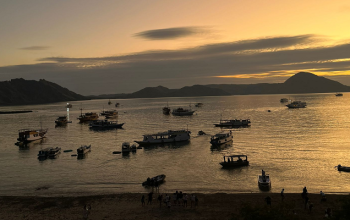
How To Get’s Komodo Island from Bali
How to reach komodo island from bali Usually, there are four ways to get to Komodo Island Those are some information and tips on how to reach Komodo Island from Bali. Other article you must know about: Where is Labuan Bajo? Your Complete Travel Guide read more
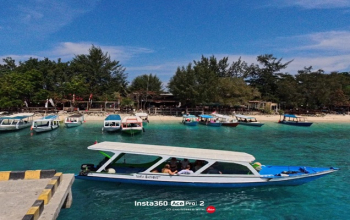
Lombok to Komodo National Park Tours: The Three Gili Islands
Under the endless Lombok sky, three tiny pearls shimmer upon the blue; Gili Trawangan, Gili Meno, and Gili Air. They float like a painter’s dream across the turquoise shallows of Indonesia’s most beloved waters.Each Gili carries its own heartbeat, its own song. Together, they whisper of barefoot freedom, of laughter under stars, of coral kingdoms... read more
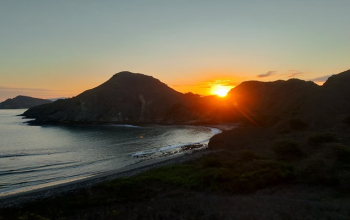
Komodo Tours: Sailing Between Sunrise and Sunset Golden Time
The ocean wakes before the world does.I stand on the deck of our Bose Komodo boat, coffee in hand, while the horizon blushes with the first promise of light. The air smells of salt and freedom, a reminder that out here, time doesn’t tick, it flows. As our ship sways gently on the calm Flores... read more
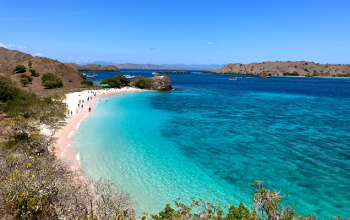
Are the Komodo Islands worth visiting?
Are the Komodo Islands worth visiting? Are the Komodo Islands worth visiting? It’s worth putting Komodo National Park on your holiday bucket list. Yes, this national park, which is located between Sumbawa and the Flores Islands, is a destination that you must visit at least once in your life! Why? Because this national park, which... read more
Contact Us
If you have any questions, please contact us.
-
Hotline
62851-8392-9229 -
Whatsapp
085183929229 -
Email
labuanbajobooking@gmail.com

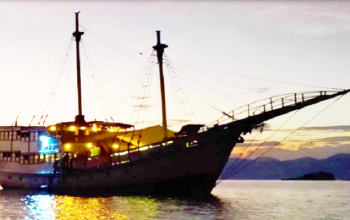

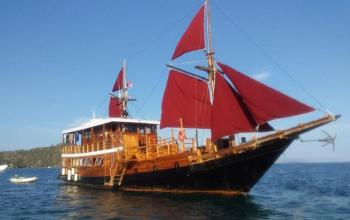
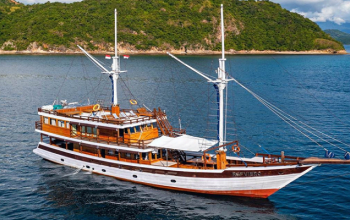
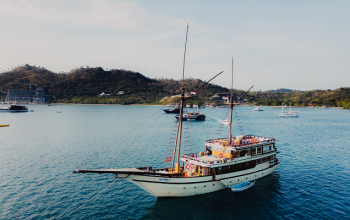
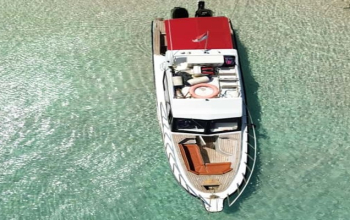
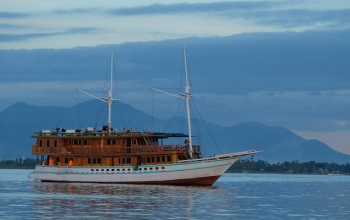
No comment yet